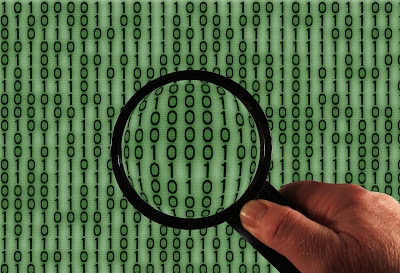What is ROM in Computer?
ROM stands for Read Only Memory. One of the most important Read Only Memory function is
preparing the computer system for usage. The instructions provided by ROM
can only be read by users. Users are not allowed to change or delete these
instructions. Computer users are
unable to write any new information into the ROM.
Unlike Random Access Memory, ROM can store data and instructions
permanently. It is a non-volatile memory
as data and instructions are not lost in case the computer shuts down. Instead
the instructions are
loaded automatically when we switch on a computer
system.
Types of ROM
Let's talk about different types of ROM. Read Only Memory consists of three basic types given below:
1. PROM
PROM is abbreviated as Programmable Read Only Memory. Initially, a PROM is blank. However; with the help of special devices, the manufacturer can write data and instructions into this memory. There is a considerable drawback of using a PROM that PROM allows a manufacturer to write data and instructions on it only once. That's why manufacturers find it really difficult to work with PROM because the errors in the instructions cannot be removed if a user has written the instructions once and. Consequently, the chip becomes unusable.
2. EPROM
This is one of the useful types of ROM. EPROM stands for Erasable Programmable Read Only Memory. Like a PROM, we find an EPROM initially blank and by using special devices, users or manufacturers can write the data and instructions into EPROM. This type of ROM is really favorable for the manufacturers as the data written on EPROM can be erased if manufacturer finds any mistake in his written instructions. Thus it’s more convenient to work with this type of ROM.
3. EEPROM
EEPROM stands for
Electronically
Erasable Programmable Read Only Memory. This is the advanced type of ROM. A manufacturer can write or erase
the data and instructions into an EEPROM
with the help of electrical pulses. The user can erase the written contents
electronically if he finds any error in written data later on. It's no sweat to
erase or modify the data of EEPROM.





No comments:
Post a Comment